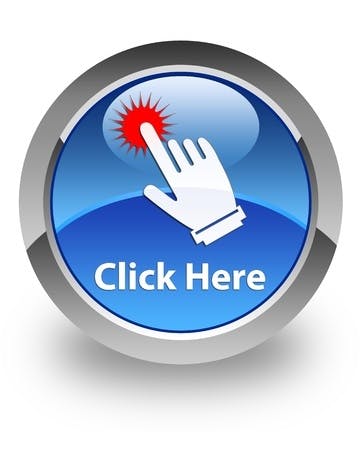“As somebody once said: It’s kind of arrogant to think the only reason people exist is to use what you built. They actually have lives … outside the experience they have using your product, and so the first step of designing in a human-centered way is to recognize that they’re humans.”
That statement was from Facebook’s director of product design Margaret Gould Stewart, speaking at The Atlantic’s Navigate tech conference. Basically what she was saying is that Facebook is not calling its users “users” any more — it now refers to them as “people.”
Some companies now refer to their employee group as partners or associates. I love this new nomenclature, but I know that to some it may seem as not really having any meaning.
As I read the Business Insider article about the tech conference, I thought about a meeting that I had with my trainers when I managed the training process at IBM.
Put yourself in their shoes
We had a client that had an older demographic and it was difficult since this was back when a lot of the employees were new to computers and our role was to get them acquainted with MS Office. I posed the question to one of our team members who was complaining about how “difficult” some of these people were: “What if that person were your mother? How would you want her treated?”
The question stopped her in her tracks and I could see the lights go on. Case closed. In other words, if think of our clients as someone special, or equate them to someone we know, the dynamic changes
When we create a divide within our organization by looking at them as “others,” we have created an inherent invisible divide: us vs. them. When an organization is trying to create a competitive advantage, it has to use every resource available. That being said, it is important that we are all seen as one — whether it be customers or that most valuable asset.
Us vs. Them
I recalled another situation where we had a mid-level executive who has signed up for an executive MBA program and wanted to work out some arrangement so that he could take a few Fridays off to attend the on-site portion of the program. We came up with an arrangement that would allow him to make this happen, but for the most part, he would use vacation days and we would throw a few days in to help out.
What I found out later was that one of the senior executives was facing the same dilemma and his arrangement was that he would classify those days he was out for his program as “work from home” days.
When I found this out, I was beyond upset. We do not create one set of rules for one group and another for the “elite.” Eventually, Mr. Big Shot had to claim vacation days for his pursuit.
Treating your employees as customers
Facebook now has an “empathy team” which is charged with helping its engineers and designers understand what it’s actually like to be a user, or a business paying for advertising.
In other words, those users and customers are real people like all the rest of us. They buy our products, they work for us. This is why I have always bought into the push to treat your employees as customers
One of my mentees told me an interesting story. If she goes to a website and they use a certain ATS system, she immediately clicks away and will not apply. When I inquired further, she said “I have often wondered whether they have tried to use this system to apply for a job. Every time I use it, when I get to submit, it gets hung up and freezes. When it unfreezes, the screen is blank and I have to start all over again. I can’t.”
Have you tried your product?
So my question is this: Have you tried your own product? If someone calls your department for assistance, how are they treated? If they are perceived as someone “other” than someone who should be calling, that condescending tone comes across.
As leaders of departments, we have to be hyper aware of the message that we send. If we refer to people as “other,” we have just given our people license to adopt that other model.
I notice how people come to training sessions and the intensity that is put forth on the case studies that are part of the course. They become so engrossed in that portion that I sometimes look on in amazement.
However, do we always provide that same intensity in the workplace? Remember, every time your phone rings, that is a potential case study on the other line.
“I am not just a user”
In order to think less about “users” and more about “people” or “customers,” walk in their shoes to get the 360-degree view. We sometimes become detached in what and how we interact, forgetting that every interaction sends a message. That message should always be about building a relationship and forging the ties that strengthen the bond.
So my hat is off to the folks over at Facebook for recognizing, in the end, that I am just not a user.
No, in reality I am actually a person that uses your product.
